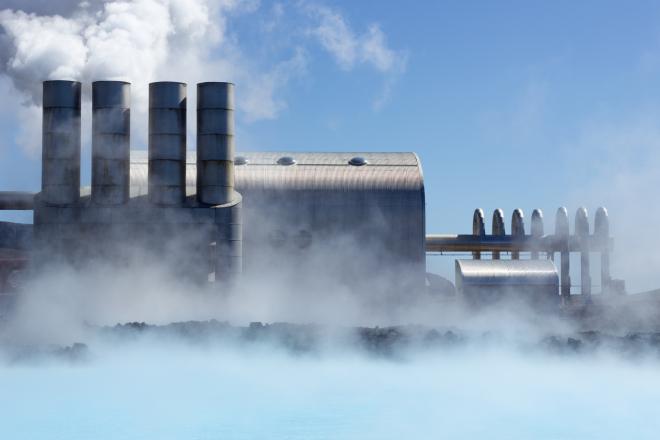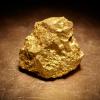Fresh approaches for modelling geothermal systems
The Geothermal Institute at the University of Auckland is one of the premier geothermal research and training centres in the world. The Geothermal Institute has also been providing commercial geothermal consultancy services for the New Zealand and international geothermal industries since 1978. GNS Science is New Zealand’s leading provider of Earth, geoscience and isotope research and consultancy services. Together they make major contributions to the vitality of the geothermal energy industry. Their research addresses a range of opportunities and challenges for this sector, including assessing new fields, maintaining permeability and fluid flow, mitigation of corrosion and scaling build-up in pipes and helping to protect New Zealand’s natural geothermal heritage. A major focus for the partnership is working with the geothermal energy industry to improve the efficiency of existing field management operations and developing assessments of new geothermal resources. This work has helped to double the contribution that geothermal makes to New Zealand’s electricity production in the past 17 years. Their research, training and applied services to the industry make a strong contribution to the Government’s goal of having 90% of New Zealand’s electricity supply generated by renewables by 2025.
Geothermal energy provides reliable baseload electricity and is produced in the upper half of the North Island where the demand is greatest. Considered planning is needed to sustainably use this renewable energy source over many generations. An important part of that planning is the use of numerical modelling to predict the impact of planned developments on natural geothermal systems. This requires models that are proven and reliable.
The Geothermal Institute and GNS Science have long histories in numerical modelling of geothermal systems, both in New Zealand and internationally. Currently, The Geothermal Institute and GNS Science are developing next-generation approaches to the numerical modelling of geothermal systems as part of an innovative MBIE-funded project led by GNS.
The underlying question is how to sustainably use multiple geothermal systems in the same region over many generations. The challenge here is that the existence of any connections between neighbouring geothermal systems cannot be directly measured. To answer this, we need new techniques to reliably predict the impact of using the energy from a geothermal system on both that system and any neighbouring systems. Our research programme addresses this in two of its core strands – new computer modelling software and the coupling of models from different scientific areas.
The new software, currently in its final year of development, will be released as open-source software that can be used by the geothermal sector worldwide. It will take advantage of the increased computing capability that has become available in recent years to provide a robust environment for building large-scale models. A beta version is currently being tested on a range of computing environments. This includes high-performance computers from New Zealand eScience Infrastructure (NeSI), which provides support systems to enable New Zealand researchers to tackle the world’s biggest problems.
At the same time, both the Geothermal Institute and GNS continue to utilise computational resources provided by NeSI to apply software and modelling techniques to a diverse range of real-world problems in the geothermal sector. This work is being undertaken with geothermal development companies, the Waikato and Bay of Plenty Regional Councils, Maori and community organisations and other stakeholders.
Internationally, there is strong interest in the outputs of this programme as they will enable offshore companies to improve the management of geothermal fields. This uptake will strengthen New Zealand’s reputation as an international leader in geothermal research and development.
The new modelling suite will add significant capabilities to existing software, as well as being more efficient and reliable. It will also help to reduce field development risk for geothermal energy developers. Finally, it will integrate seamlessly with existing geothermal research in New Zealand, and will increase knowledge of the structure, hydrology and hydrothermal processes that control geothermal systems.







